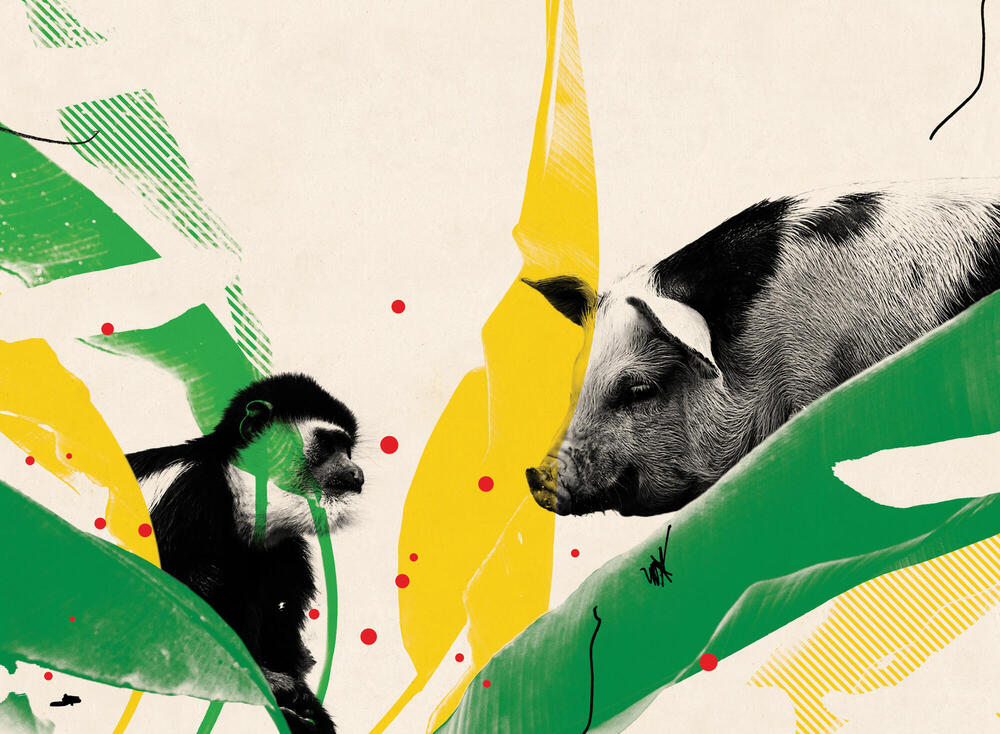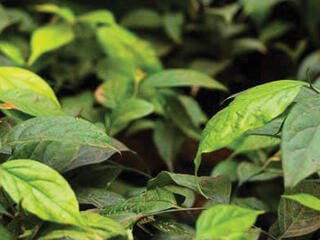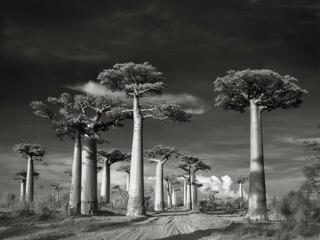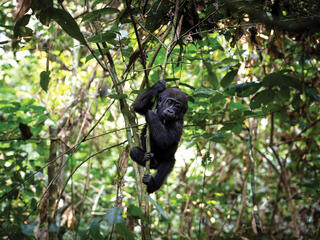On many fronts, this is a time of great challenge.
The list of Earth’s latest symptoms is long and foreboding: wildfires raging across California, the Amazon, Australia, and elsewhere; coastal communities hammered by storm surges; megacities shrouded with hazardous smog; crops wilting in the heat. And now we must add a global pandemic to that list.
At WWF, we know that any solution must be driven by science and also locally developed through direct and collaborative partnerships with the people most immediately affected.
For many people, the impacts of shrinking natural habitats, biodiversity loss, and climate change seem far away—tragic spectacles beamed to their TV sets from somewhere else. COVID-19 has done away with that false sense of security. It has brought the real impacts of environmental degradation into our neighborhoods and into our homes. And it has exposed glaring flaws in our relationship with the one world that we all call home.
Addressing zoonoses at their source—preventing habitat loss and degradation while stemming the direct exploitation of wildlife—could be one of the most cost-effective means of averting zoonotic disease epidemics and sustaining our own health.
This effort must be just one plank of a new platform that connects the health of nature to human health, whether it’s uncoupling our energy systems from the fossil fuels and firewood that cause respiratory illness; or addressing how climate change shifts animal and human movements, opening up new vectors for disease; or identifying where, in the ways we produce and consume food, we are putting ourselves at greater risk than need be.
“We all want to do our part to reduce the risk of future pandemics,” confirms WWF chief scientist Dr. Rebecca Shaw, who is helping define the scientific underpinnings of WWF’s plans. “As a conservation organization,” she adds, “we must remain focused on addressing the root causes, which lie at the intersection of humans and the natural world.”
“We need to cast aside the myth of infinite growth on a finite planet,” says Carter Roberts, “and instead learn to strike a better balance between people and nature.”




